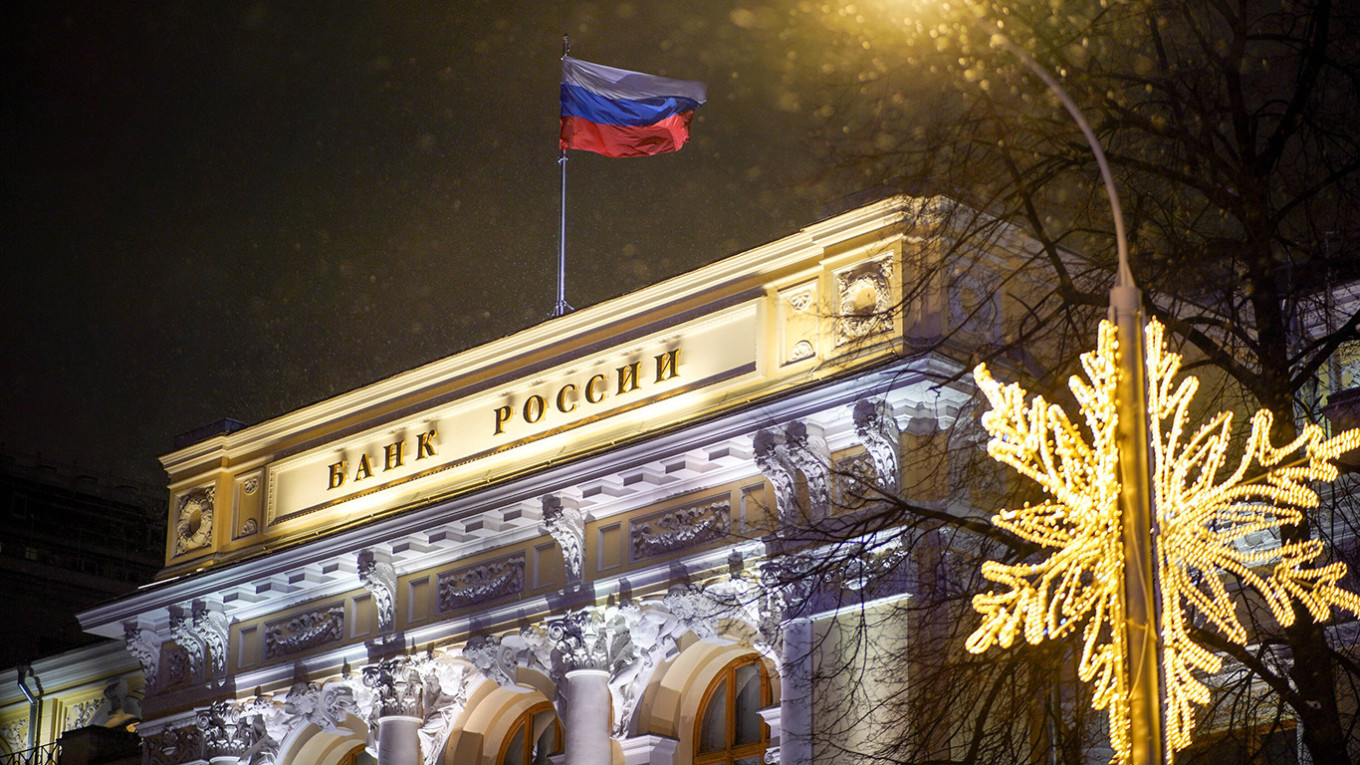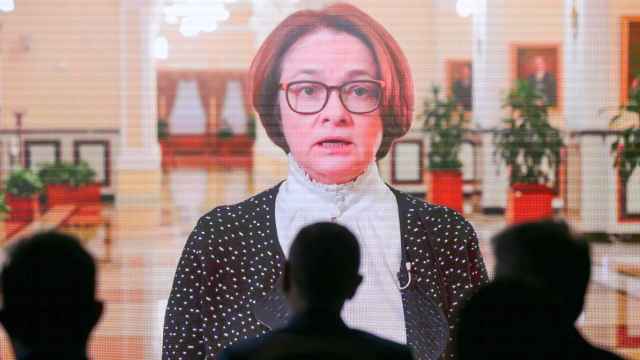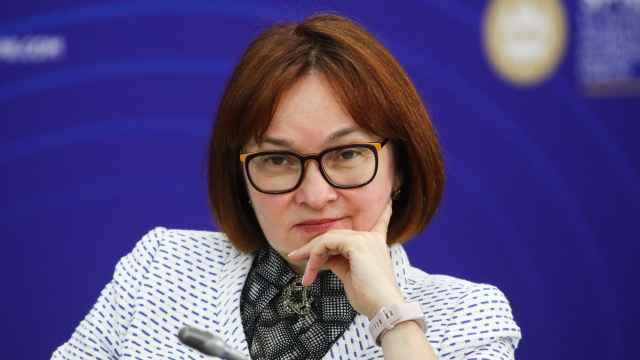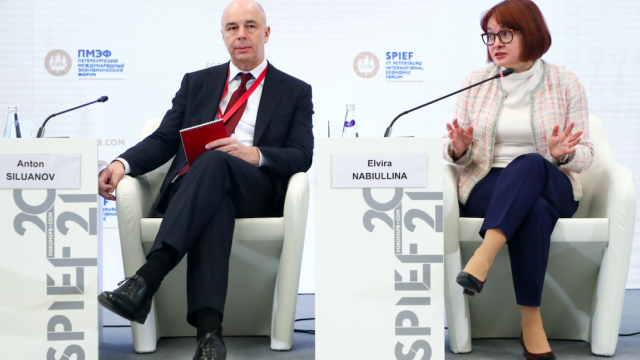In March 2022, as Russia's invasion of Ukraine was unfolding, U.S. President Joe Biden said that Western sanctions were turning "the ruble into rubble,” as the Russian economy was “on track to be cut in half.”
Yet after a GDP drop of 2.1% in 2022, Russia’s economy grew by 3.6% in 2023 and is set to grow by 3.8% in 2024.
The Kremlin later ridiculed Biden's prediction as evidence of Western wishful thinking.
Today, however, the tide seems to be turning for the Russian economy as it feels the heat of sanctions and rising war spending.
The resilience of the Russian economy was built on three foundations: deep pre-war reserves, stable revenue from oil and gas sales and limiting the impact of the war on the civilian economy.
With all three components of Moscow's success now eroding after three years of war, the country faces serious dilemmas in the coming year.
Will the Russian economy go into recession?
Forecast: Russia's economy will not grow at 2023-24 levels and risks falling into recession
After two years of economic growth, Russia appears to be at the crossroads of how to handle runaway inflation.
Leaving the situation as it is, without a break in credit and spending, risks triggering an inflationary spiral. Under such a scenario, companies and individuals will prioritize current spending over saving in the face of double-digit price rises across the board.
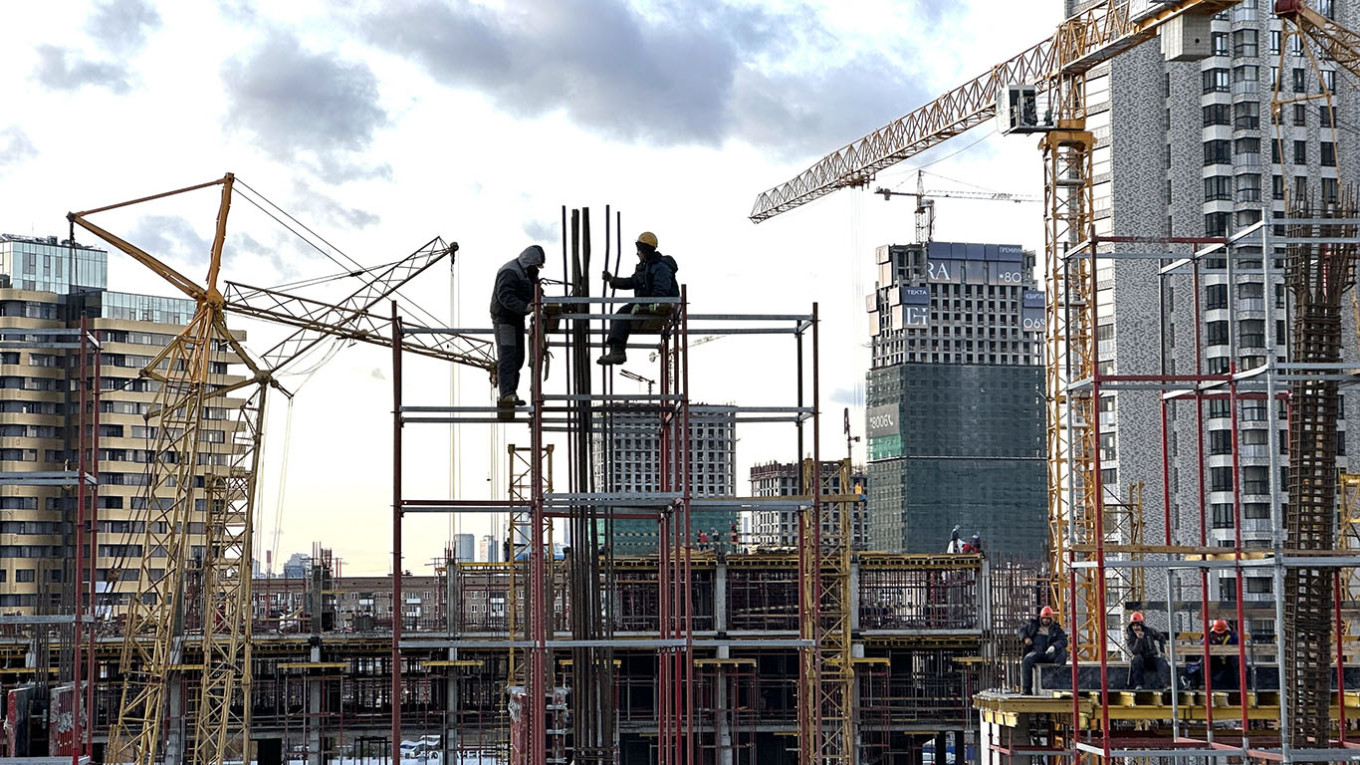
Instead, the Central Bank has taken steps to cool demand in the Russian economy by raising the key interest rate and reducing the scale of government-subsidized loans.
These measures are designed to make borrowing more expensive and saving more profitable, thereby cooling investment and spending in the economy, which should keep a lid on price increases.
On the downside, overall economic growth is likely to slow, and high interest rates may cause some businesses that rely on credit to fail.
The Central Bank's survey of Russian economists predicts GDP growth of 1.5% next year, while the International Monetary Fund (IMF) forecasts Russian GDP growth of 1.3%.
Some economists, however, predict that the Central Bank's actions could lead to a short recession, defined as a decline in GDP for two consecutive quarters.
The price Russia is likely to pay for taming inflation is an economic slowdown, said Yevgeny Nadorshin, chief economist at the PF Capital consultancy.
He believes the Central Bank will continue to tighten interest rates, which could reach 25% per year, increasing the likelihood of a recession.
"To be honest, I don't understand at all how the Russian economy can develop under these conditions... so [I see] a recession [coming], at least for now, and so it's actually the recession that should solve the main problems with inflation," Nadorshin was quoted by the Kommersant business daily as saying.
Bloomberg’s chief economist for Russia, Alexander Isakov, agreed that the Central Bank may raise the key interest rate as high as 25%.
“The Central Bank faces a dilemma: should it hike interest rates further, even though that lifts the risk of recession, or just accept higher inflationary pressure,” Isakov told Bloomberg. “Policymakers will probably opt for the former.”
Rodion Latypov, chief economist at Russia's second-largest lender VTB, also expects a "mild recession" next year to bring inflation down.
Will the Russian wage miracle come to an end?
Forecast: Russian real wage growth is likely to decline by half, if not fall
In many ways, the Russian economy has resembled other war economies: budget spending increased, the defense sector expanded and inflation rose.
Economies at war are also expected to see a decline in real wages as they cannot keep up with the inflation driven by unproductive war spending.
In Russia, however, wage growth was high enough to outpace inflation as employers spent money to attract workers in an unprecedentedly tight labor market.
However, the wage miracle may finally be coming to an end. As long as the labor market remains tight, it is unlikely that companies outside the defense sector will be as willing to raise wages.
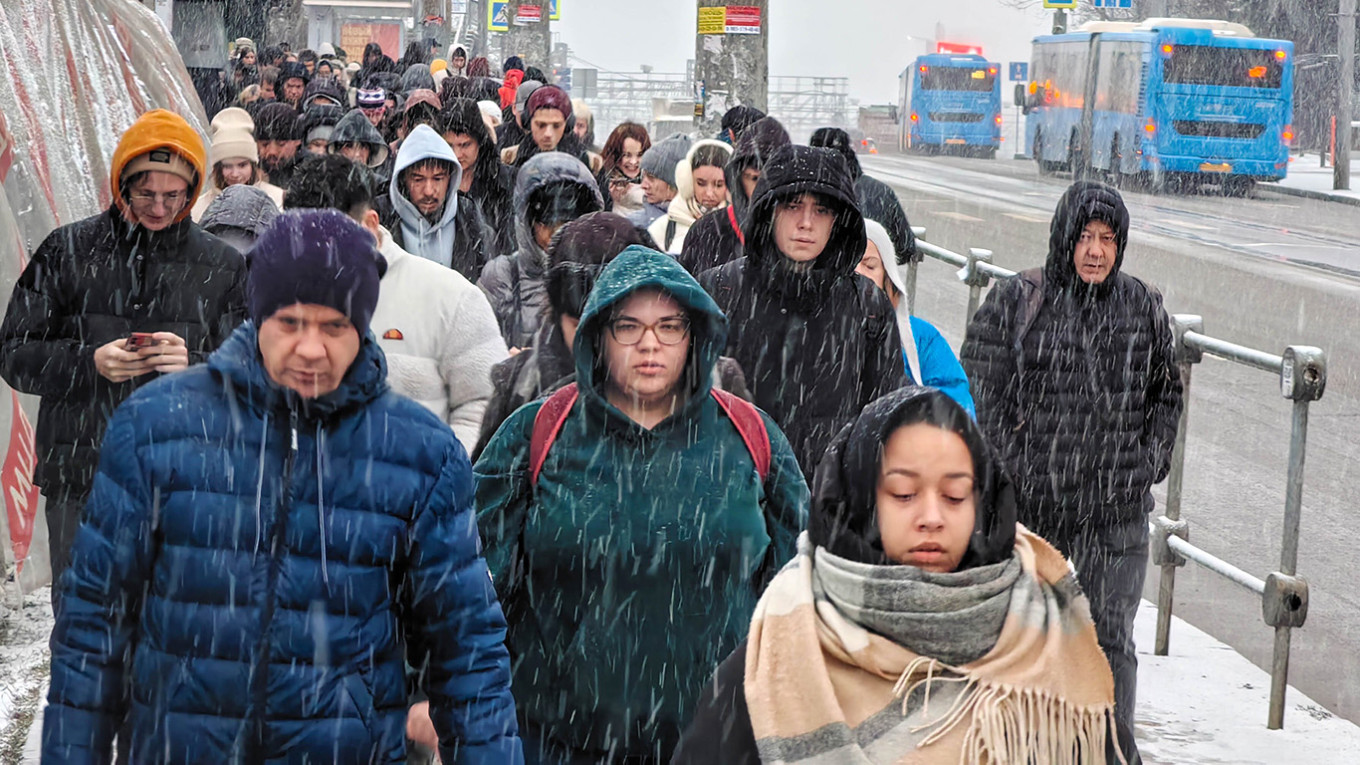
Real wage growth is expected to fall to 3.1% in 2025 from the projected 8% this year, according to the Central Bank’s survey of economists in December.
“If a company has debt, it will have to spend more on servicing them [due to high interest rates]. Accordingly, the resources to raise wages even in line with inflation will be limited, and growth may slow down,” analyst Yelena Kiselyova told Kommersant.
Will Russia declare a second ‘partial’ mobilization?
Forecast: Russia will likely face personnel shortages in the second half of 2025, raising the question of another mobilization
One variable that may affect the Russian economy, and especially its labor market, is the prospect of a second wave of forced mobilization.
So far, Russia has replenished its manpower for operations, mainly in eastern Ukraine, by attracting contract soldiers with high salaries and sign-up bonuses.
However, relying on volunteers may not be enough should Russia want to expand its operations — for example, to take big cities like Kharkiv — or if it endures heavy losses.
Already in 2024, Russia’s top brass was urging President Vladimir Putin to conduct another round of forced mobilization to boost the invading force, The Wall Street Journal reported.
Military analyst Michael Kofman said that Russia will begin to face a more acute shortage of forces in the second half of 2025.
Meanwhile, mobilization will increase the burden of war on Russia’s civilian economy, which is already being squeezed out by the military-industrial complex.
In the current volunteer recruitment system, many new fighters tend to be older, underemployed and less physically capable.
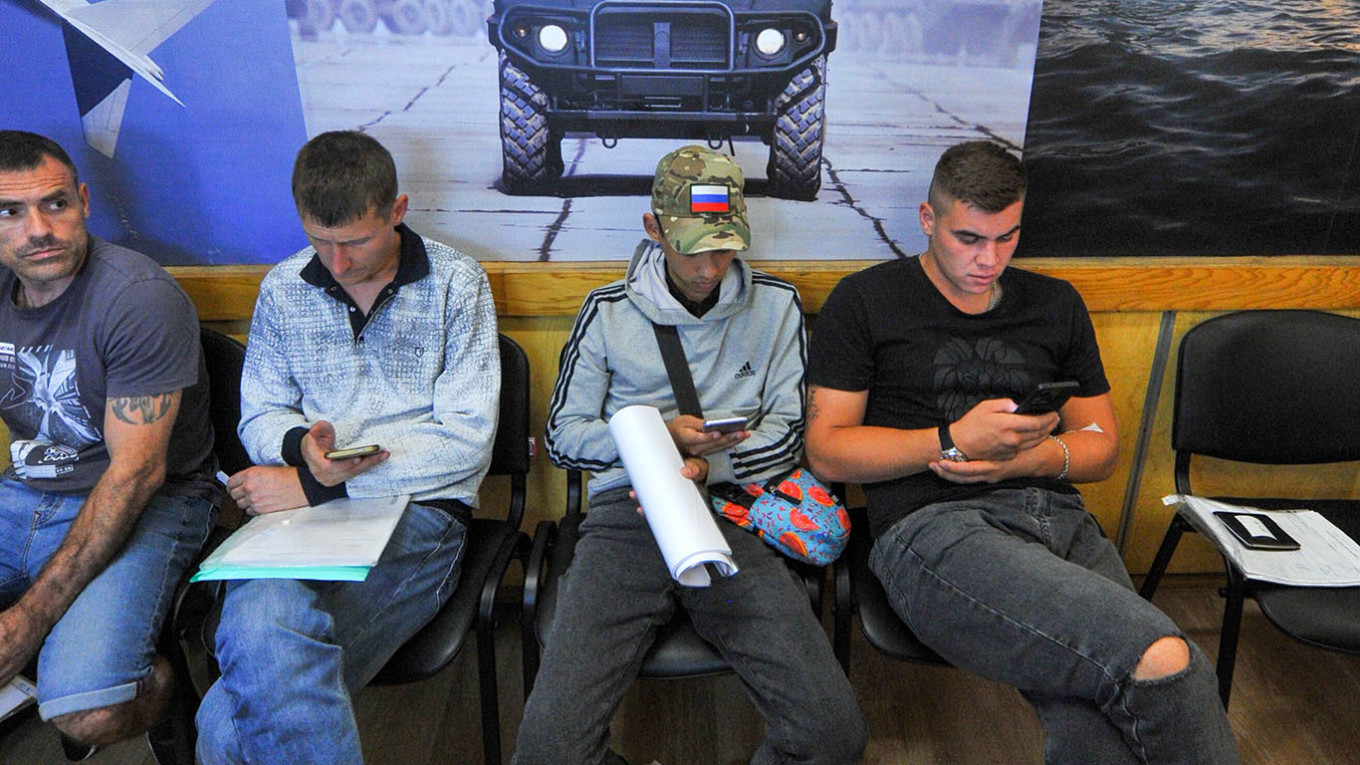
Meanwhile, a mobilization would take several hundred thousand fighting-age men out of the economy, including from highly productive sectors.
For example, the Defense Ministry took many agricultural workers to the front during the first mobilization in the autumn of 2022, even though this is one of the most critical sectors of the economy.
The second wave of mobilization, if announced, will create additional headaches for companies already struggling to find workers in a tight labor market, which in turn could contribute to an economic slowdown. It could also lead to another, albeit small, wave of young people fleeing the country, echoing the mass exodus that followed the fall 2022 mobilization.
Will Russia's oil and gas revenues fall to new lows?
Forecast: Russian oil and gas revenues will decline from 2024, but not critically
Russia’s revenues from the sale of oil and gas have been an important stabilizing factor for the wartime economy, both as a source of economic income and as a source of hard currency.
Despite the barrage of Western sanctions, Russian revenues are not expected to collapse. Moscow is still able to deliver its oil to customers at acceptable prices, even though it has lost a significant portion of the market for its gas.
It seems almost certain that the Russian budget revenues from the oil and gas sector will not fall below the 2023 figure, which stood at 8.8 trillion rubles (about $84.6 billion), or 30% of all budget revenues, energy policy analyst Kirill Rodionov said.
As in the previous two years, oil-related taxes will contribute the most to the budget, Rodionov said.
However, there are some downside risks for Russia’s energy industry.
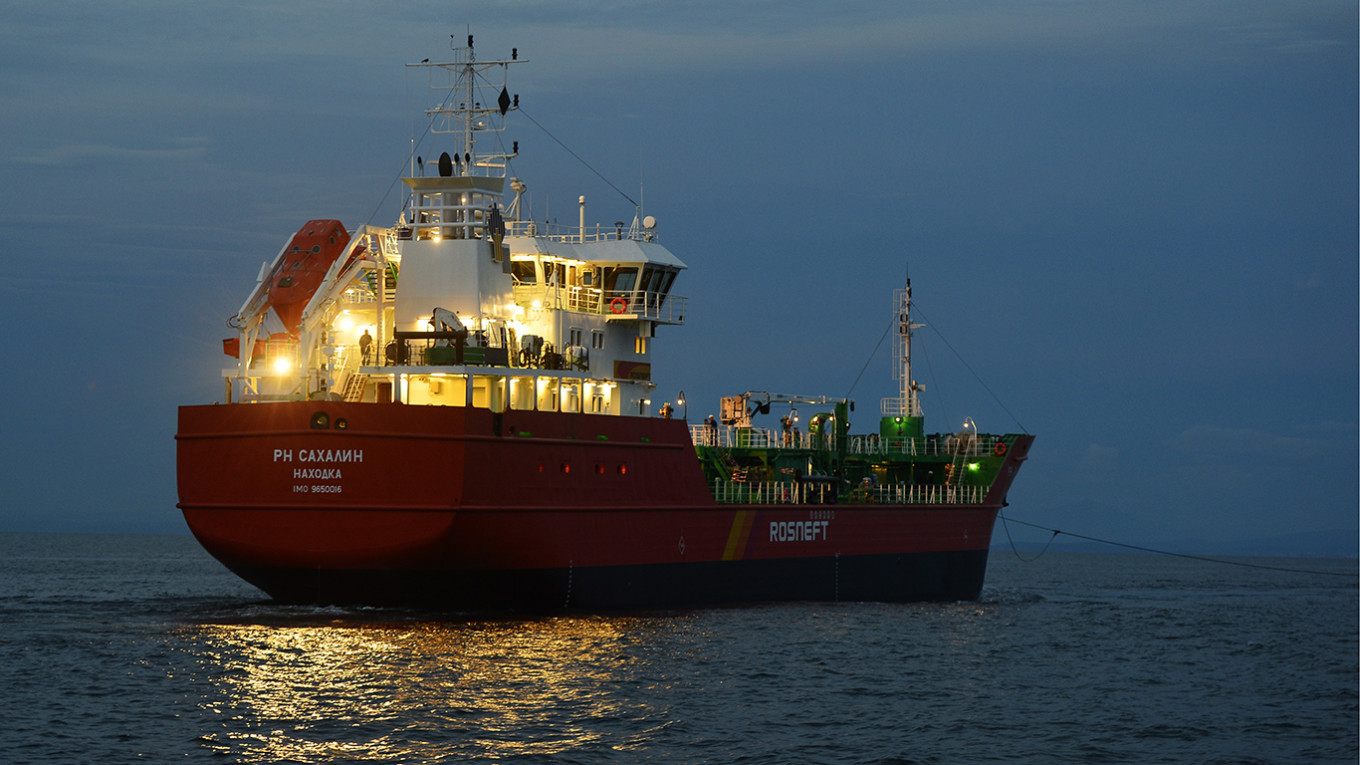
First, the price of Russian oil is expected to remain at a moderate level due to stable supply and uncertainty around future demand.
This means that oil prices are projected to be around $70 a barrel throughout 2025, a comfortable level for Russia but hardly the windfall that Moscow needs to fund its war machine.
Moreover, Russia may offer additional discounts to its buyers if the U.S. raises sanctions pressure on Moscow.
Second, Russian gas revenues may take a hit in 2025 if Ukraine stops the transit of Russian gas through its territory to European states.
The loss of Ukraine transit will cost Russia about $7-8 billion in lost revenues and about 10% of Russia's gas exports.
All in all, it will be another tough but manageable year for Russian energy.
What will happen to the ruble?
Forecast: Analysts see the ruble depreciating by 10-20% against the dollar in 2025, stabilizing at the mark of around 110-120 per dollar
While Russian companies are still selling their goods abroad, mainly energy resources, for foreign currency, it is challenging to bring this currency back into the country, partly due to the growing pressure of sanctions.
Instead, Russian companies often prefer to keep their foreign currency earnings in accounts outside the country, economist Sergei Khestanov said.
This allows this money to be used by other Russian companies that need foreign currency to import goods and can pay back for this currency in rubles within Russia.
All this leads to a shortage of foreign currency in the country, which puts pressure on the ruble. For example, in November Russia's major exporters reduced foreign currency sales by 23% compared to October, to $8 billion. This represents a decline of some 43% compared to November 2023 and is the lowest level since July 2023, when oil prices plunged.
Other factors weighing on the ruble include Russia's stable imports from abroad, which cannot be replaced by domestic production due to bottlenecks, and uncertainty about oil prices.
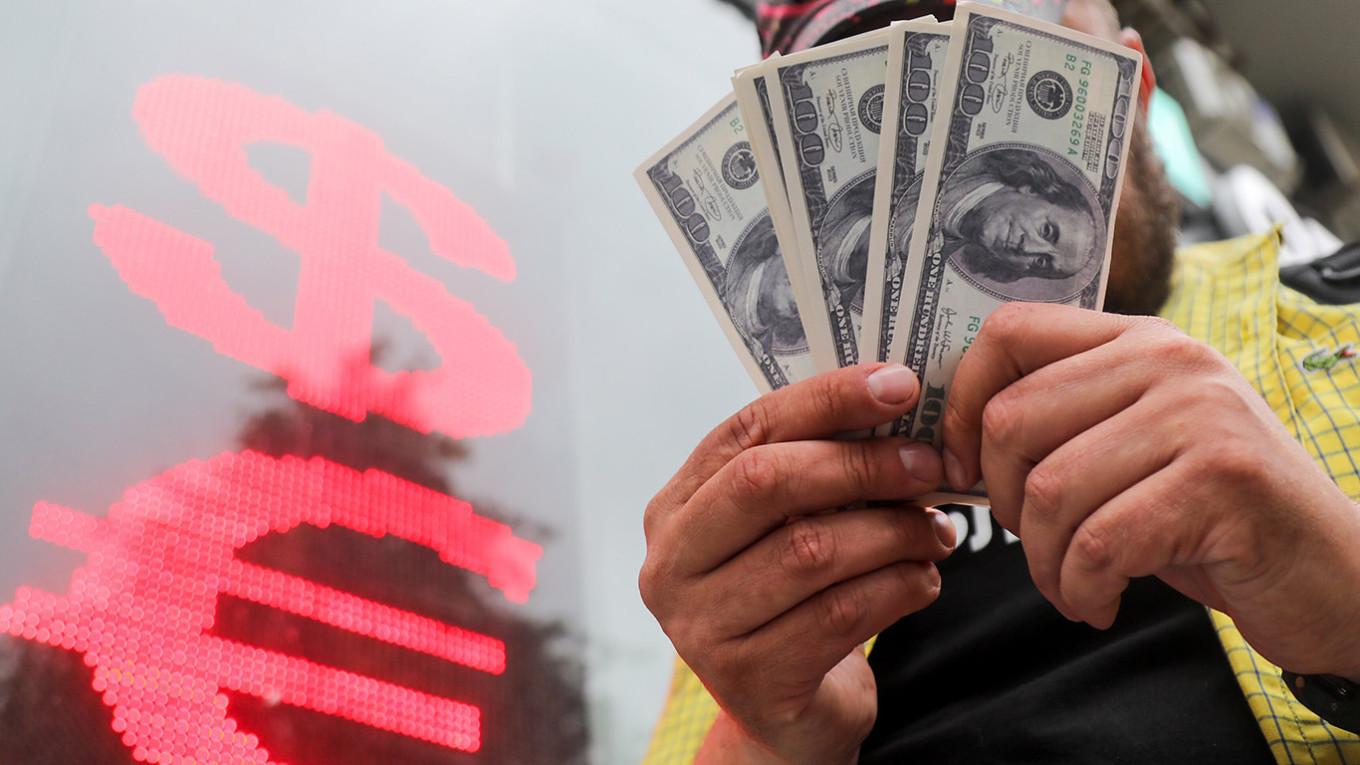
Analysts like Alexander Potavin, an analyst with the Finam company in Moscow, say the ruble will continue to depreciate in 2025, but not sharply.
“We have no doubt that the dollar exchange rate will return to the March 2022 highs of around 121 rubles [per dollar] — it's all about timing. If the price of Brent oil drops below $70 per barrel, the ruble will weaken much faster,” he noted.
SberCIB Investment Research, a Moscow-based analytics company, forecast the dollar to rise to 115 rubles by the end of 2025. The weakening of the ruble may continue amid rising inflation, problems with exports, as well as global dollar growth, SberCIB analysts noted.
Finance analyst Pavel Ryabov forecasts that in 2025 the average exchange rate of the ruble against the dollar will be around 110. He predicted the gradual devaluation of the ruble by about 12-15% in the coming years.
The Central Bank's survey of economists predicts the average exchange rate of the ruble in 2025 at 102 against the dollar.
A Message from The Moscow Times:
Dear readers,
We are facing unprecedented challenges. Russia's Prosecutor General's Office has designated The Moscow Times as an "undesirable" organization, criminalizing our work and putting our staff at risk of prosecution. This follows our earlier unjust labeling as a "foreign agent."
These actions are direct attempts to silence independent journalism in Russia. The authorities claim our work "discredits the decisions of the Russian leadership." We see things differently: we strive to provide accurate, unbiased reporting on Russia.
We, the journalists of The Moscow Times, refuse to be silenced. But to continue our work, we need your help.
Your support, no matter how small, makes a world of difference. If you can, please support us monthly starting from just $2. It's quick to set up, and every contribution makes a significant impact.
By supporting The Moscow Times, you're defending open, independent journalism in the face of repression. Thank you for standing with us.
Remind me later.



